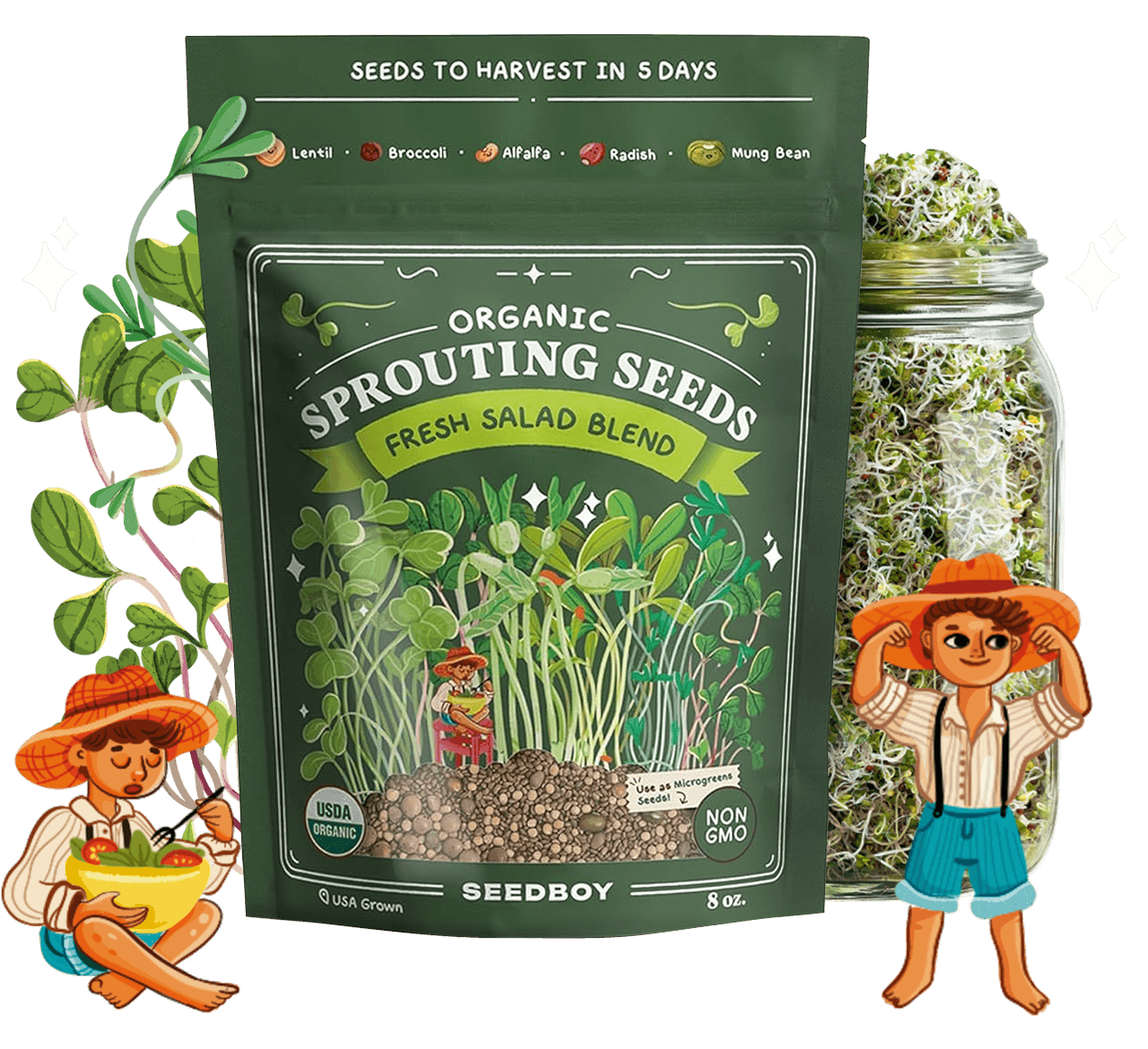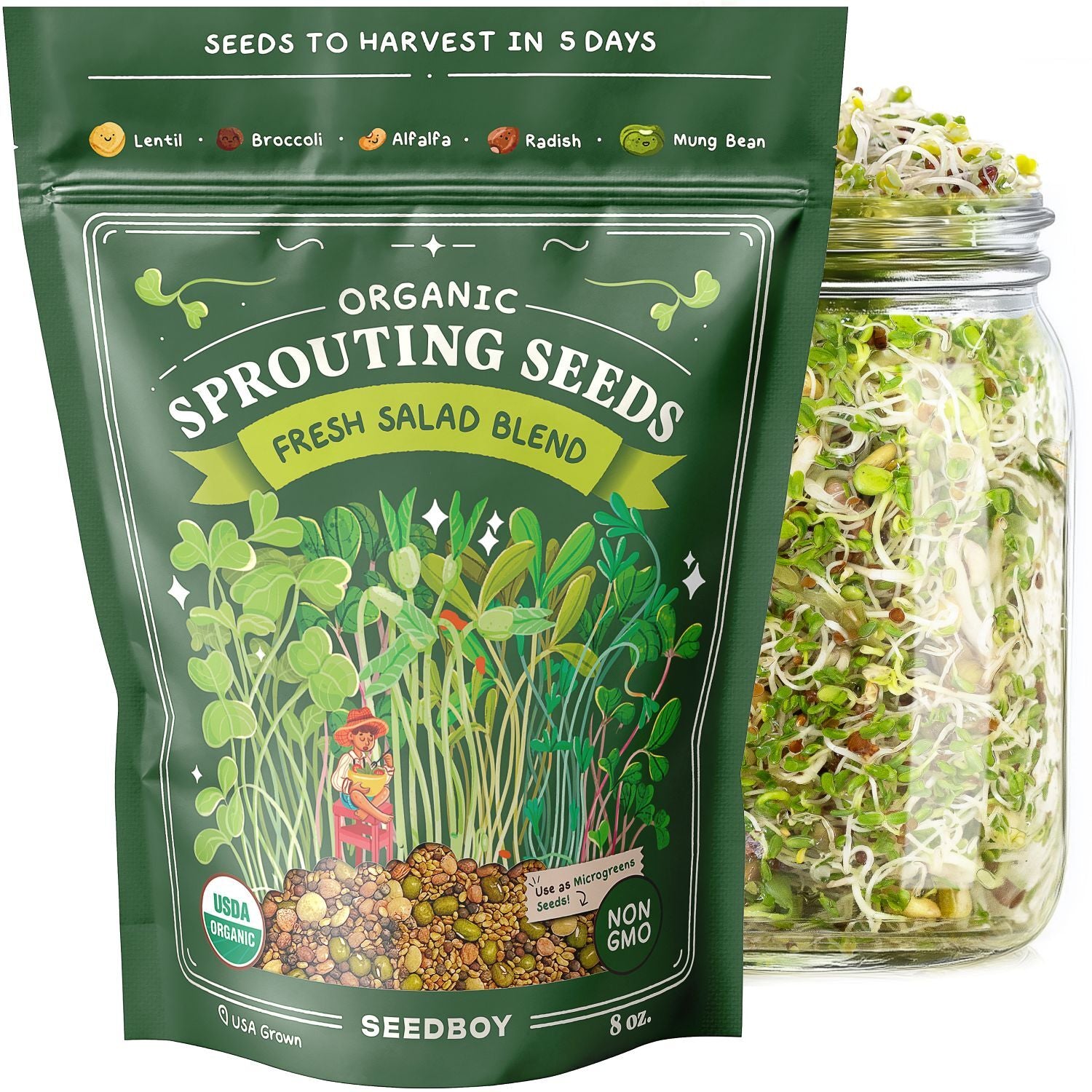
GROW GUIDE
Genovese Basil
Ocimum Basilicum
Plant Description

Genovese Basil
A fragrant herb known for its bright green, oval-shaped leaves, often featuring a slight curve that cups slightly.
This culinary staple, originating from the mint family, is celebrated for its sweet, peppery flavor that adds depth to a wide array of dishes.
Quick Facts:
-

Sun Requirements
Full Sun
-

Days To Sprout
5-10 Days
-
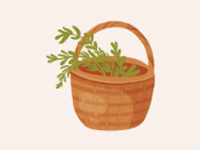
Days To Harvest
60-90 Days
-
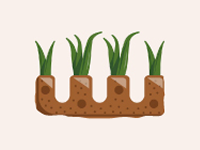
Plant Spacing
12-16“
-
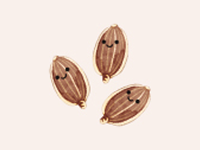
Seeds Per Hole
2-3
-

Planting Depth
1/4"
Best Planting Locations
-

Windowsills
Ideal For Small Herbs, Providing Adequate Sunlight.
-

Raised Beds
Excellent For Outdoor Growth With Good Drainage And Soil Conditions.
-

Indoor Gardens
Grow Lights And Hydroponic Systems Ensure Optimal Growth Conditions Year-Round.
-

Containers
Patios Or Hanging Baskets, Allowing Easy Mobility And A Controlled Growing Environment.
Getting Started

-
1
Find the Spot
Basil loves warmth and sunlight. Pick a sunny planting spot that receives at least 6 hours of direct sunlight daily. If indoors, a south-facing window is ideal.
-
2
Prep the Soil & Fertilizer
Use well-draining, nutrient-rich soil. Basil isn't very demanding, but for the best results, you can mix a little compost into the soil before planting or use a balanced, slow-release fertilizer.
-
3
Plant the Seeds
Plant 2-3 seeds or 1 seedling 1/4 inch deep in pots or the ground. Space seedlings or plants about 12-16 inches apart to give them room to grow.
Good Neighbors:
-

Tomato:
Enhances flavor, mutual growth support.
-

Bell Pepper:
Repels pests, boosts growth.
-

Oregano:
Repels pests, enhances flavor.
-

Asparagus:
Repels certain nematodes.
-

Petunia:
Repels aphids, beetles.
Enemy Plants:
-

Thyme:
Needs different soil moisture level.
Attractants:
-

Butterflies:
Attracted to basil flowers.
Repellents:
-
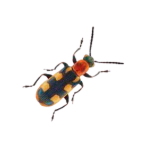
Asparagus Beetle
-
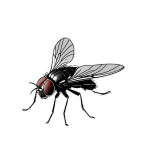
Flies
-

Mosquitoes
-
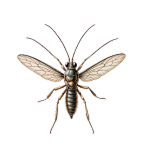
Thrips
Best Time to Plant
USDA Hardiness Zones

Day to Day Maintenance
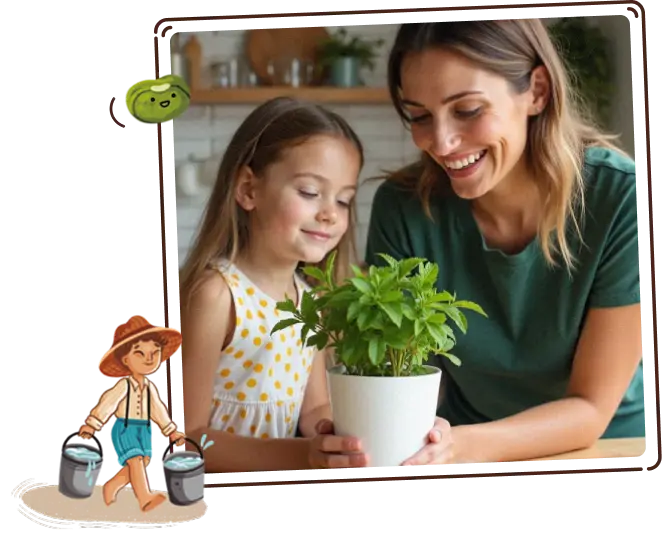
-
Watering
Water evenly to keep the soil moist but not waterlogged. Basil doesn't like to sit in water. Remember, avoid wetting the leaves when you water, as this can lead to fungal diseases.
-
Pruning
Once your basil plant is about 6 inches tall, start pruning the top leaves to encourage bushier growth. Always prune above a set of leaves to stimulate the plant to branch out.
The Harvest
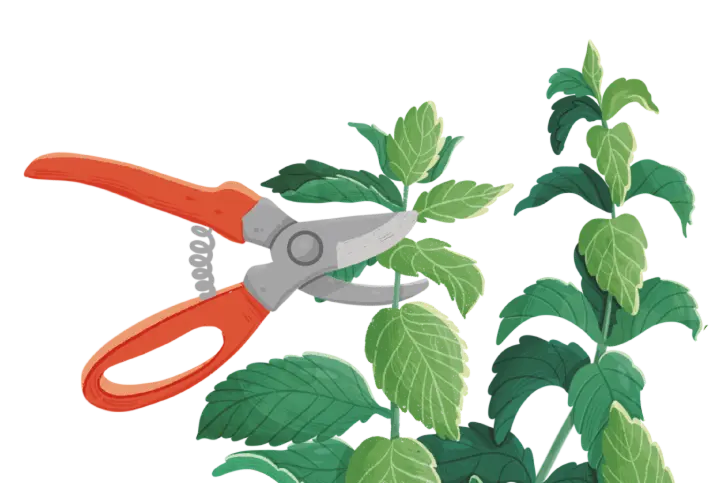
-
Gathering
Pick leaves as needed. The more you harvest, the more the plant will produce.
-
It's best to harvest in the morning when the plant's oils are strongest for the best flavor.
Favorite Uses
-
Pesto
-
Pasta
-
Fresh Fish
-
Cocktails
-
Lemonade

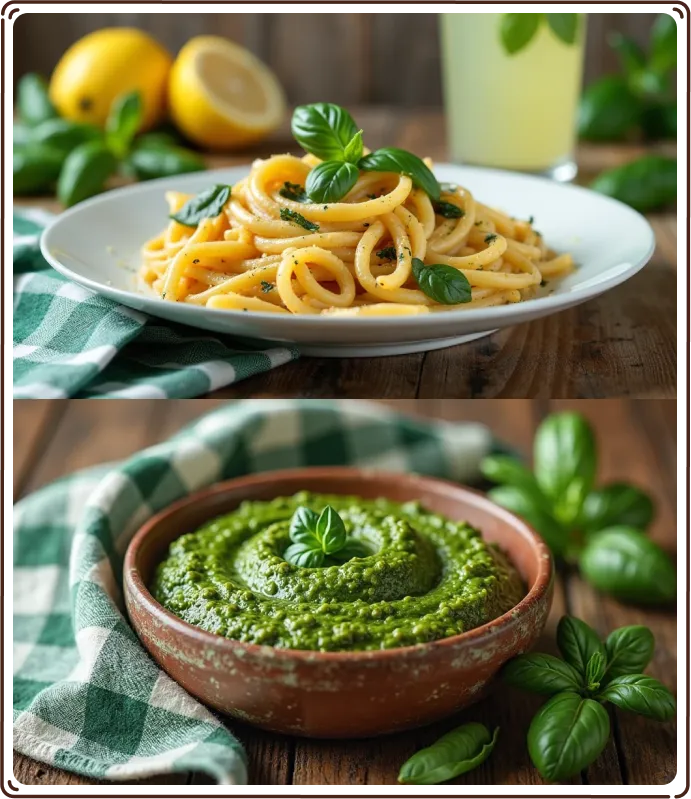
How to Store
-
Room Temperature
Duration: One Week
Location: Keep the jar on a countertop away from direct sunlight
Method: Treat basil like cut flowers. Trim the stems slightly and place the basil in a glass or jar of water, just like a bouquet. Make sure the leaves are above the water line to prevent rotting.
-

Refrigeration
Duration: One Week
Location: Store in the refrigerator
Method: Wrap the basil leaves gently in a slightly damp paper towel to maintain moisture but prevent the leaves from getting wet and soggy. Place the wrapped leaves in a plastic bag or an airtight container.
-

Freezing
Duration: Several months
Location: Store in the freezer
Method (Whole Leaf): Blanch the leaves briefly in boiling water, shock them in ice water, pat dry, and then freeze them flat on a baking sheet before transferring to a freezer-safe bag or container. This helps preserve the color and flavor.
-
Drying
Duration: One year
Location: Warm, dry, and well-ventilated area out of direct sunlight
Method: Hang bunches of basil upside down or use a food dehydrator set to a low temperature.
Fun Facts

-
Natural Insect Repellent:
Basil can act as a natural insect repellent, with its strong aroma particularly effective at warding off mosquitoes.
-
Welcome Committee
In many cultures, basil is considered a symbol of hospitality and is planted near homes to welcome guests.
-
The Basil Family Tree
There are over 60 varieties of basil, each with its own unique flavor profile, including lemon basil, cinnamon basil, and chocolate basil.
-
Plant of Love Potions
Basil was once believed by the ancient Romans to foster love and provide protection, leading to its use in various rituals and potions.
Subscribe to our Newsletter: "The Small Garden Chronicles"
Where curious growers gather for garden inspiration.
